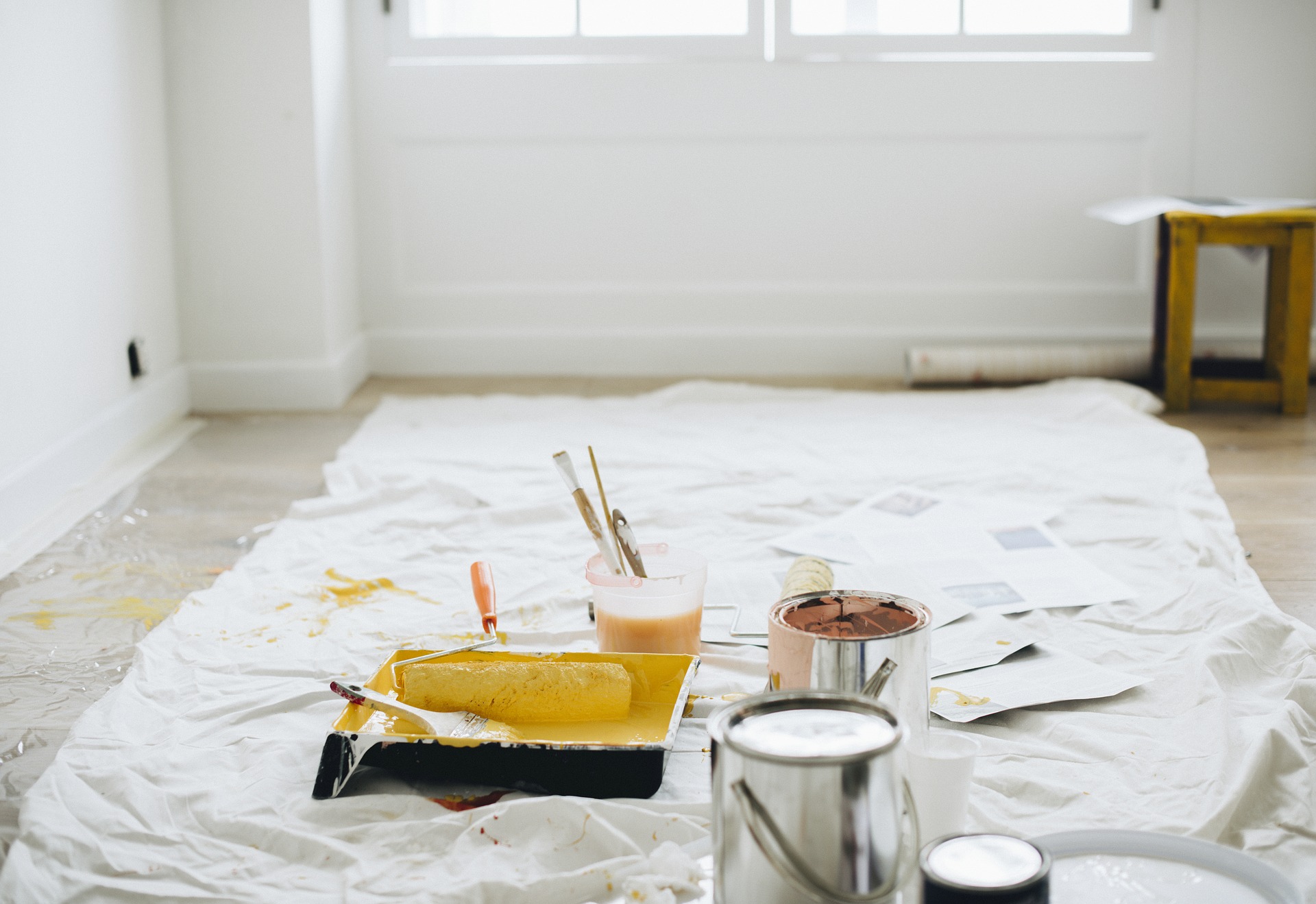How to Decorate Like a Pro

One of the joys of moving into a new home is being surrounded by immaculate décor. Walls are smooth, skirting boards gleam and the smell of fresh paint lingers in the background.
Sadly, new homes don’t stay new forever. Scuffs and scrapes are part of daily life, sunshine causes gloss paintwork to fade, and new decorative trends emerge in lifestyle magazines and social media profiles. Redecoration is a necessary element of home ownership, helping to return your property to prime condition, but a few simple steps make any decorative work much easier…
Décor decorum
Before decorating, ensure the surfaces you’ll be working on are smooth. Fill any holes with plaster, and tap down plasterboard studs which have popped out. If you’re painting skirting boards or windowsills, use surface wipes to remove dust and debris for a superior finish. It’s best to move furniture out of the way before tackling ceilings; alternatively, buy a few dust sheets from your local DIY store. Always work in a set direction during daylight hours, with windows open to disperse fumes and accelerate the drying process.
Painting by numbers
Painting walls quickly transforms a room’s ambience, whether you choose a modern grey tone or a timeless pastel cream hue. Tackle large areas by lightly basting a roller in a paint tray, to ensure an even coating. A pack of mixed-size paintbrushes will cover smaller or fiddly areas, where it’s important to start in one corner and work in a set direction. Unscrew sockets and handles to paint under them, or cover them in masking tape. Modern paints dry quickly, so don’t touch up an area you did ten minutes ago; wait ‘til it’s dry and examine your handiwork. Even one-coat paints might need several applications on darker surfaces, while washable paints are slightly thinner and usually need an additional coat. They’re more hard-wearing than standard matt emulsion, making them ideal for kitchens.
Whiter than white
Doorframes, skirting boards and windowsills are typically the first surfaces to need repainting, though satin paint retains its colour longer than gloss. Always move the brush in a set direction, using a modest amount of paint to avoid drips. High-quality brushes shouldn’t shed bristles at inopportune moments, but keep kitchen roll handy anyway. It’s also advisable to have an empty tin or plastic tub to rest brushes in, while they’re not in use.
What the papers say
Wallpapering is an artform which should be approached like a science. Before starting, check the batch numbers on every roll of wallpaper are the same to eliminate colour differences, and sand down uneven walls. Use a plumb line and a pencil to mark a true vertical line for
the first sheet – door frames may not be perfectly vertical. It’s easier to pre-cut sheets before applying paste, which should be generously applied using the largest paintbrush you own. Fold each sheet in a concertina pattern while carrying it to the wall, using sharp long-armed scissors to trim off excess paper at the bottom. Finally, dispose of all the paste before letting pets into the room, and puncture air bubbles with a pin once everything’s dried.
Et voila – the perfect finish!
Back to Latest Posts




